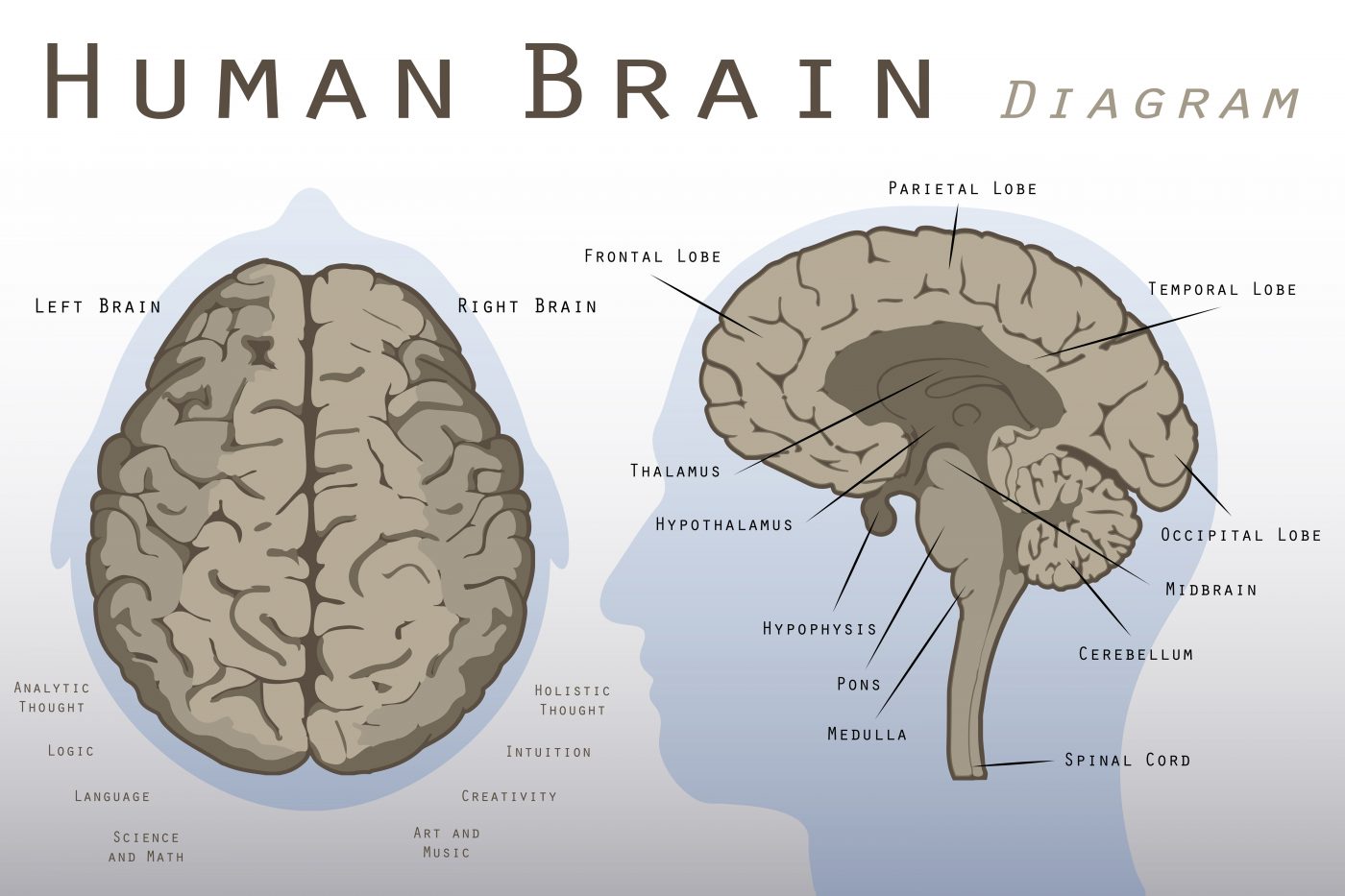Mechanism in Purkinje Cell Dysfunction Seen in Huntington’s Disease Identified

Scientists have identified a proteomic pathway, involving the proteins Homer-3 and mTORC1, that is involved in the degeneration of Purkinje cells, a pathogenesis central to Huntington’s disease. The research paper, “Impaired mTORC1-Dependent Expression of Homer-3 Influences SCA1 Pathophysiology,” was published in Neuron.
Purkinje cells (PCs) are the principal neurons in the cerebellum, the region of the brain responsible for the control and regulation of muscular activity. Damage or degeneration of these cells results in poor coordination of voluntary movements, gait abnormality, loss of balance, and speech problems, all symptoms of a condition called ataxia (whose underlying mechanism is still largely unknown). Both sporadic and inherited cases of cerebellar ataxia have the degeneration of Purkinje cells in common. Importantly, dysfunction of these cells has also been correlated with Huntington’s pathology.
Researchers investigated the mechanism leading to the development of ataxia and PC degeneration. The scientists produced a series of protein studies in mice models of Spinocerebellar ataxia type 1 (SCA1), a rare neurodegenerative disease, identifying alterations in proteins involved in synaptic functioning, maintenance, and transmission at an early disease stage. The synaptic protein Homer-3, mainly present in PCs, was found to be reduced. Furthermore, researchers observed a parallel reduction in mTORC1, an important signaling pathway. Elimination or pharmacological inhibition of mTORC1 within the PCs identified Homer-3 as its downstream target. Moreover, the elimination of mTORC1 in mice PCs accelerated and accentuated the disease pathology.
Using gene therapy, researchers reintroduced the expression of Homer-3, and found that the mice experienced an improvement in their condition and restored PCs functioning. They also showed slower disease progression.
Dr. Smita Saxena, from the Institute of Cell Biology at the University of Bern, said in a press release, “Interestingly, it has been known for some time that alterations in mTORC1 signaling in the cerebellum during development is associated with autistic behavior and intellectual disorder. In our study, the novel finding is that similar signaling pathways can also be involved in adult cerebellar associated degenerative disorders such as SCA1. This is an important step forward in understanding the process involved in developmental and degenerative disorders, and identifies a potentially new therapeutic target for the future.”






